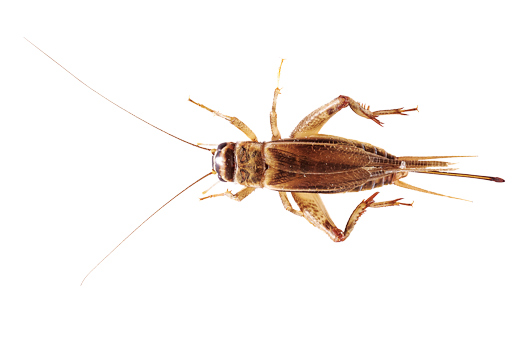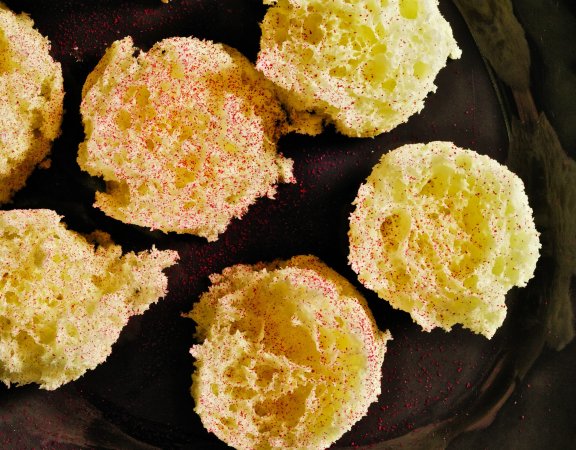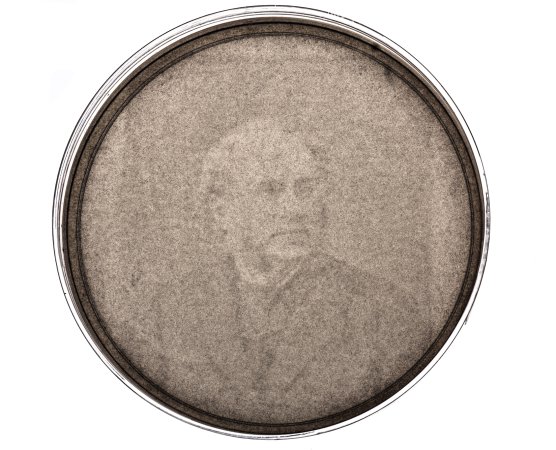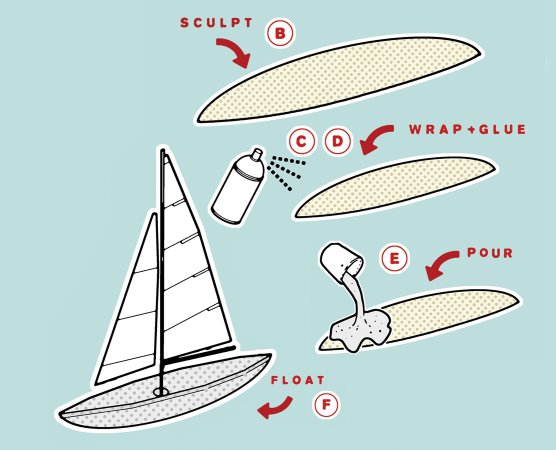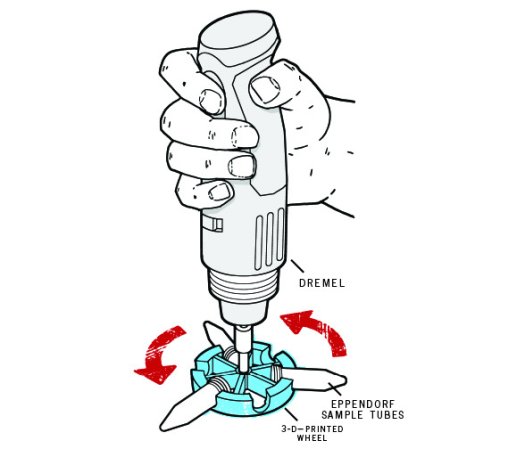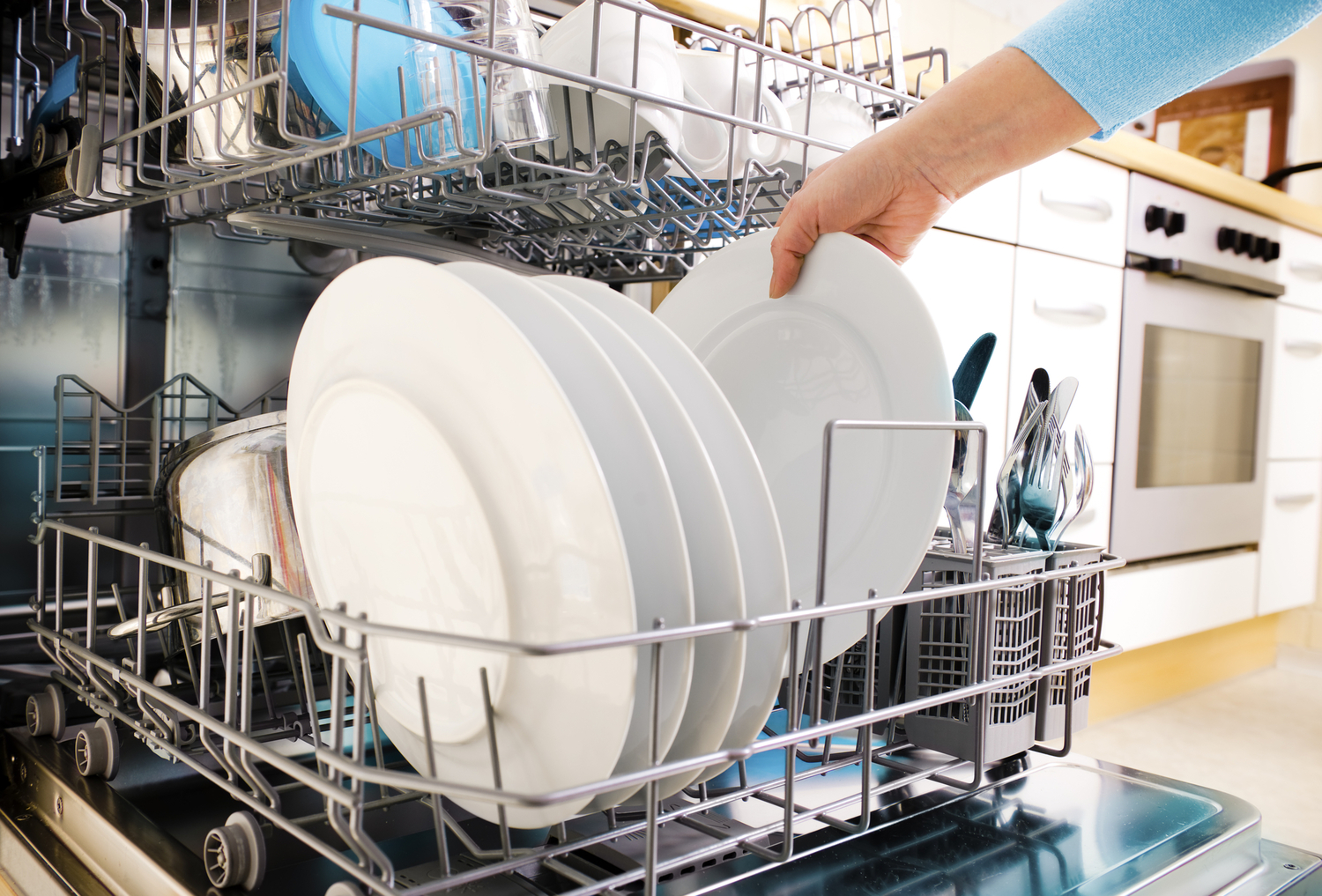

We may earn revenue from the products available on this page and participate in affiliate programs. Learn more ›
Washing dishes is awful. It’s the kind of chore that never ends—pretty much every time you eat or drink, you make something dirty. Thankfully, a woman named Josephine Cochrane, who was really concerned about her fancy china getting chipped while being hand-washed, stepped up and invented the first dishwasher.
More than 100 years have passed since Cochrane revolutionized kitchen cleanup and got people hand-cranking their dishes clean. Now, other than the brainpower and Tetris skill you need to load the machine, you’ve only got to put some detergent in the soap compartment and press “start.”
Sure, Cochrane’s invention saves you time, but you still have to buy detergent. Make your own dishwasher tablets, though, and you’ll save some money. It’s easy, makes cleaning up a bit more exciting, and will leave your most likely not-so-fancy china shiny and smelling of fresh lemon… or whatever you want.
Stats
- Time: 20 minutes (with a minimum 24-hour drying period)
- Material cost: $27 ($5.40 per batch—or $0.14 per pod)
- Difficulty: easy
Materials (for approximately 40 tablets)
- 2 cups of baking soda
- 2 cups of sodium percarbonate or washing soda
- ½ cup of citric acid
- ½ cup of white vinegar
- 20 drops of essential oil
- (Optional) ½ cup of salt
Tools
- Bowl
- 3 or 4 silicone ice cube trays
- Disposable gloves
- Measuring cups
- Large storage container with a lid (big enough to fit all the tablets)
- (Optional) spoon or spatula
Instructions
1. Mix all dry ingredients. In a bowl, mix the baking soda, citric acid, sodium percarbonate, and (if you want) the salt.
Baking soda is known for being a powerful cleaner, degreaser, and odor neutralizer. It will not only help get rid of the dirt on your dishes, but will also keep your machine from smelling funky. Sodium percarbonate, or washing soda, is a kind of oxygen bleach, and it’s the active ingredient in products such as OxyBoost. It cleans, disinfects, and it’s highly soluble in water, which means it’s also environmentally friendly. Citric acid is also a powerful cleaner and, by itself, will do a great job disinfecting your washing machine, your dishwasher, and even your electric kettle. Finally, salt—if you choose to use it—will help get rid of the lime in hard water. Adding it to your tablets will help keep the tubes in your machine clean and clog-free.
If you’re using your hands to mix the ingredients, put on disposable gloves—sodium percarbonate is hard on the skin. It produces a prickling sensation that can be annoying, even though it goes away after you thoroughly wash your hands with water and soap. If you want to avoid this altogether, you can always use a spoon or spatula. Make sure you mix the ingredients well—baking soda tends to form clumps, so break those apart as much as possible.
- Note: If washed and rinsed thoroughly afterward, any tool you use to make dishwashing tablets can be used for eating or cooking. But if you want to keep making these or other household cleaners, I’d recommend you get tools that will be used exclusively for this purpose.
2. Slowly add the vinegar. This will cause a chemical reaction, and your mix will start to foam (fun!). Keep adding vinegar and folding the mixture until you have created a paste.
The combination of baking soda and white vinegar results in sodium acetate, which acts as a brightening agent and makes your dishes shine.

3. Add the essential oil. The go-to essential oil for this project is lemon, mainly because it’s a shining agent and has disinfectant properties. (There’s a reason why it’s the most common smell in dishwashing detergent.) But if lemon is not your thing, you can always have some fun and mix and match a variety of essential oils. Some alternatives with great disinfectant properties are:
4. Fill the ice cube trays with the paste. The amount of tablets you make will depend on the size and depth of your cube trays. Keep in mind that your tablets must fit into your dishwasher’s detergent compartment, so don’t use a tray that makes blocks bigger than that. Once your trays are full, press the paste down so it’s as compact as possible. Add more if necessary.

5. Let the tablets sit for 24 hours. Check on them and make sure they’re dry before you unmold. If they’re not, give them another 12 to 24 hours. When they’re dry, take the tablets out and store them in a plastic or glass container with a lid. Make sure to keep it away from animals and children.
- Note: The consistency of these detergent cubes will never be as hard or compact as store-bought tablets—no matter how long you let them dry for. They’ll retain their shape to make it easier to put them into the detergent compartment of your dishwasher, but if you squeeze them, they might break or crumble. This will not affect their efficiency, so if any of your tablets fall apart, just place all the pieces in the soap compartment and start your machine.
6. Use your tablets as you would store-bought ones. If you want extra-shiny dishes, you can also place a bowl with a half-cup of white vinegar inside the dishwasher along with the rest of your dirty dishes.

I use my tablets as-is (no vinegar) and they work wonders. What I like most is that my dishwasher doesn’t slap me in the face with that funky smell whenever I open it, and my so-not-fancy dishes are literally squeaky clean. The fact that you won’t be throwing more unnecessary plastic packaging into the world is a great added bonus, and even though you’ll need to make a couple of batches before you start saving serious money, I think we all can agree that any savings is good savings.


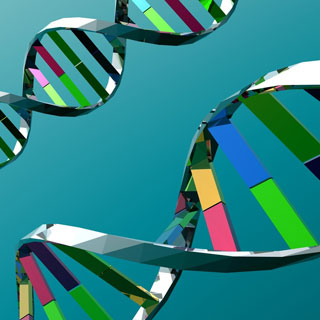

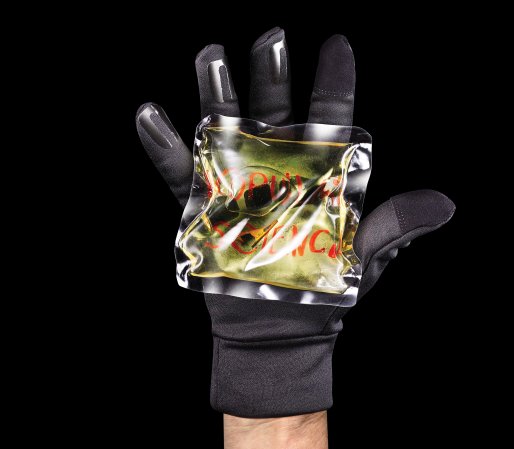
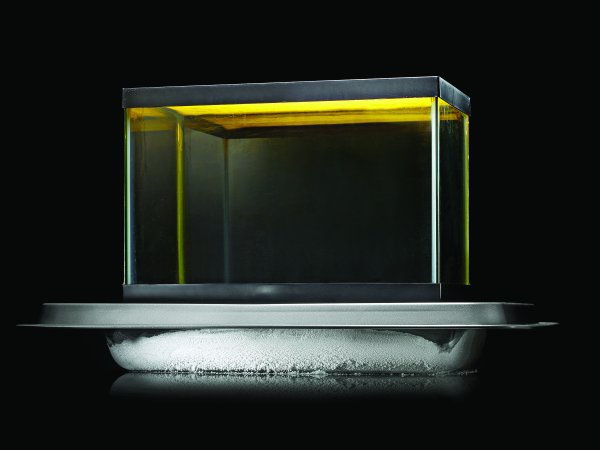
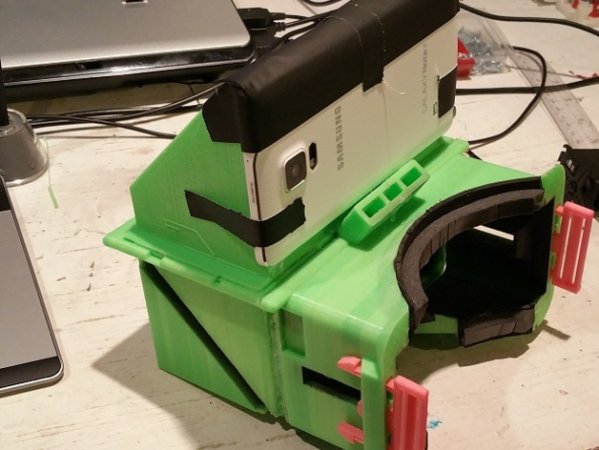
![Eschew Glue: Make Your Own Sticky Liquid Glass Instead [Video]](https://www.popsci.com/wp-content/uploads/2019/03/18/6EC7ET35FQB6XX3HAA5TZODJSM.png?quality=85&w=910)

